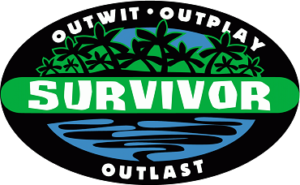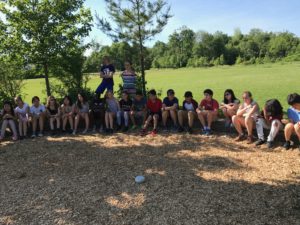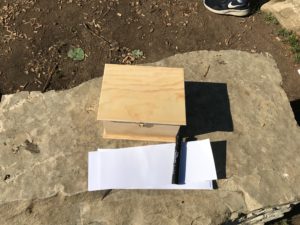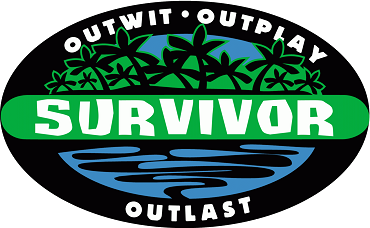
Survivor Math Edition
One of the most influential things my class achieved this year was integrating math in various ways to make it both authentic and meaningful. I noticed on twitter my colleague and friend Sarah Sanders (twitter) posting community based challenges in the form of Survivor. I thankfully reached out to her and she was happy to share. From there my students mentioned, “Mr. T we should actually play survivor!”. They asked for it so we made it happen. We decided to bring the game of Survivor to enrich and empower our math class. We had our primary focus on probability but integrated several concepts within the unit. To ensure there was excitement and “buy in”, we did have a legitimate prize for the winner which only enhanced the stakes.
So How Does it Work?
After explaining the rules of the game and connecting it with our math goals, we headed outside (usually) for a mixture of athletic and STEAM based challenges that could offer protection from being voted out of the game via immunity. The best part? We finished each challenge with a puzzle or some form of mathematical construct. We embedded the required content within the form of a game. The success of this approach was that there was something for everyone. If you aren’t athletic, no problem there are puzzles. If you are nervous about the math, don’t worry, teams are created at random and you’re working collaboratively to support one another. After the challenges we would head to our reading garden which we renamed: “Tribal Council”. We would discuss the challenges and justifications for previous votes. What were we really doing? Having true authentic, deep rooted mathematical discussions. Sounds a lot like number talks doesn’t it? Here we played the original survivor music via bluetooth speakers and created a memorable mathematical experience. Students had to use probability and game theory concepts to advance themselves in the game. The University of Waterloo offers some fantastic resources in the form of “Math Circles” for students in grades 6-12. Here is the link to their page.

Tribal Council
What was the Impact?
Students were going home at night and coming back the next day analyzing game theory and math concepts far beyond curriculum expectations. They were empowered to learn more because it was meaningful to them and they saw a need and benefit to learning. Also just hearing the conversations, “I can’t wait for math”, “we need to do math all day!”, were very telling. We made this a true Survivor experience by adding hidden immunity idols. This enhanced the mathematical principles and made it interesting for all. Students were showing up every single day at 7am looking for idols. They came to school on Saturday and Sunday searching and studying because they wanted to! The excitement was contagious for everyone and not simply within our classroom. Other students and teachers were talking about it. I heard strategies being discussed in the hallways. It also had social benefits as students who ordinarily wouldn’t work together were now aligned and strategizing together.
This will without questions go down as one of the most influential things I did this year. I will alter a few things and maybe change the game slightly but this is an experience I hope every educator can experience. After seeing the power of it I hope others will step out and try it for themselves. Make it meaningful to your students and school. This was an interest of my students but the process is easily altered.

Voting Box
Thank you for reading and please let me know if you have any questions!


One Comment on “Gamifying Math Class: Integrated Approach”
Love this idea. Could you share the lesson plan please? Thanks!